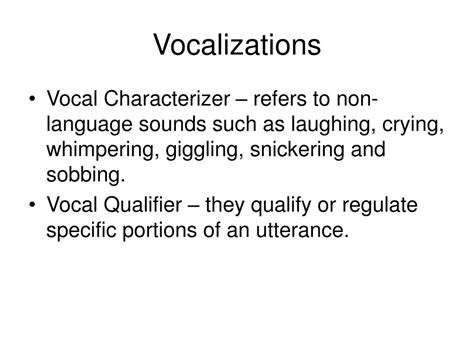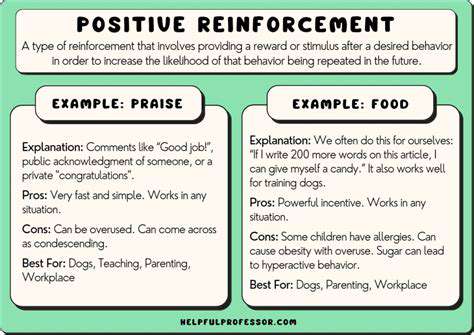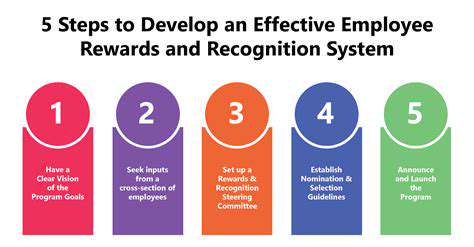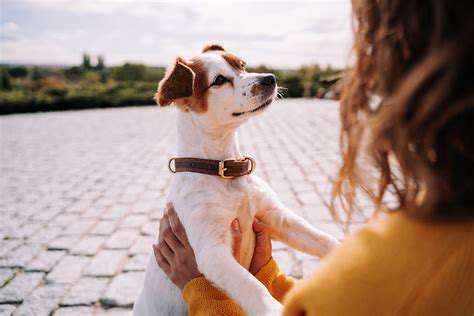The Critical Period: Why Early Socialization is Crucial for Puppies
Addressing Socialization Challenges

Financial Considerations
Variable income streams present persistent obstacles for many pet owners. Strategic budgeting transforms financial limitations from barriers into manageable parameters. Prioritize essential socialization experiences (like veterinary visits and basic training) while utilizing cost-effective alternatives for supplemental exposure - public parks for environmental training, puppy playdates with vaccinated dogs instead of expensive daycare.
Invest in durable training tools that grow with your dog. Adjustable harnesses, long-lasting chew toys, and versatile grooming supplies prove more economical than constantly replacing inferior products. Quality investments in behavioral health prevent costly remediation of problems later, making early socialization expenses ultimately cost-saving measures.
Emotional Management
Owner anxiety frequently transfers to puppies during socialization. Dogs detect and mirror human emotional states, so handlers must project calm assurance during new experiences. If you anticipate negative reactions, your puppy likely will too. Confident leadership during exposure sessions builds canine confidence more effectively than excessive reassurance, which can inadvertently reinforce fearful behavior.
Recognize individual temperament differences. While most puppies adapt with gradual exposure, some require extra patience. Never force interactions - instead, work at your dog's comfort level, celebrating small victories. Professional guidance benefits particularly sensitive puppies, preventing well-intentioned mistakes from creating lasting behavioral issues.
Practical Implementation
Effective socialization requires systematic planning. Create exposure checklists categorizing experiences by type (environmental, human, canine) and intensity level. Document progress methodically, noting reactions to each stimulus for targeted follow-up. This structured approach ensures comprehensive coverage while preventing overwhelming the puppy.
Incorporate socialization into daily routines. Walking different routes exposes puppies to varying stimuli without requiring extra time. Invite diverse guests over gradually, pairing visits with positive experiences like playtime or treats. Integrating training into normal activities makes consistent socialization sustainable long-term rather than an overwhelming series of special outings.
Adapting to Setbacks
Unexpected reactions require flexible responses. If a puppy shows excessive fear toward a particular stimulus (loud noises, specific dog breeds), immediately create distance while remaining calm. Counter-conditioning works best when implemented at sub-threshold exposure levels - the point where the puppy notices but doesn't react strongly to the stimulus.
Medical issues sometimes mimic behavioral problems. Rule out physical causes (ear infections causing sound sensitivity, orthopedic pain creating surface aversions) before assuming psychological factors. A proactive veterinary partnership ensures health issues don't derail socialization progress.
Lifelong Benefits of Proper Socialization
Behavioral Health Foundations
Early positive experiences establish neural pathways influencing lifelong behavior patterns. Well-socialized dogs demonstrate greater stress resilience, recovering quicker from unsettling events. This emotional stability reduces destructive behaviors (like separation anxiety or compulsive chewing) often stemming from inadequate early socialization.
Social competence develops through exposure. Dogs understanding appropriate canine communication rarely instigate conflicts, while human-socialized dogs tolerate handling for medical care and grooming. These skills directly correlate with reduced relinquishment rates, as behavioral issues remain the leading cause of pet surrender.
Physical Health Correlations
Socialization impacts physiological health. Confident dogs exhibit lower baseline cortisol levels, reducing stress-related immunosuppression. Regular positive outings provide mental stimulation preventing obesity-related diseases. Veterinary professionals report easier examinations with properly socialized dogs, facilitating early disease detection through cooperative behavior during procedures.
Environmental confidence prevents injury. Dogs comfortable on various surfaces navigate stairs and slippery floors safely. Noise-desensitized dogs remain controllable during thunderstorms or fireworks, reducing escape attempts leading to trauma. These preventative benefits underscore socialization's role in comprehensive wellness care.
Human-Canine Bond Enhancement
Shared experiences during socialization strengthen owner-dog attachment. The trust built through positive exposure sessions translates to reliable off-leash control and seamless public interactions. This mutual understanding forms the foundation for advanced training, whether for competitive sports or service work.
Socialized dogs integrate smoothly into family life. They adapt to lifestyle changes (new babies, moving homes, introducing other pets) with minimal stress. This adaptability makes them ideal companions for active households, able to participate fully in their owners' lives rather than requiring environmental limitations due to behavioral constraints.
Community Impact
Properly socialized dogs become canine ambassadors. Their good manners promote positive perceptions of dogs in public spaces, maintaining access rights for all pet owners. These model citizens demonstrate responsible ownership's rewards, inspiring others to invest in proper training.
The societal benefits extend beyond individual dogs. Reduced bite incidents, decreased shelter intakes, and lower nuisance complaints all correlate with widespread proper socialization practices. These community-wide improvements underscore why early behavioral development deserves equal emphasis with physical health in comprehensive canine care.
Read more about The Critical Period: Why Early Socialization is Crucial for Puppies
Hot Recommendations
- The Impact of Early Socialization on a Dog's Interaction with Other Animals
- Car Travel and Puppy Socialization: Making the Journey a Positive Experience
- The Importance of Early Environmental Exposure for Puppy Development
- Taking Your Puppy to the Vet: Positive Socialization Strategies
- Making Training a Positive Experience for Your Puppy
- Public Transportation and Puppy Socialization: A Step by Step Guide
- Safe Socialization: Allowing Others to Pet Your Puppy
- Helping a Puppy Who Struggles with "Stay"
- Positive Puppy Interactions: Making Meetings with New Friends Fun
- No Treats Needed? Training Basic Commands with Verbal Praise











